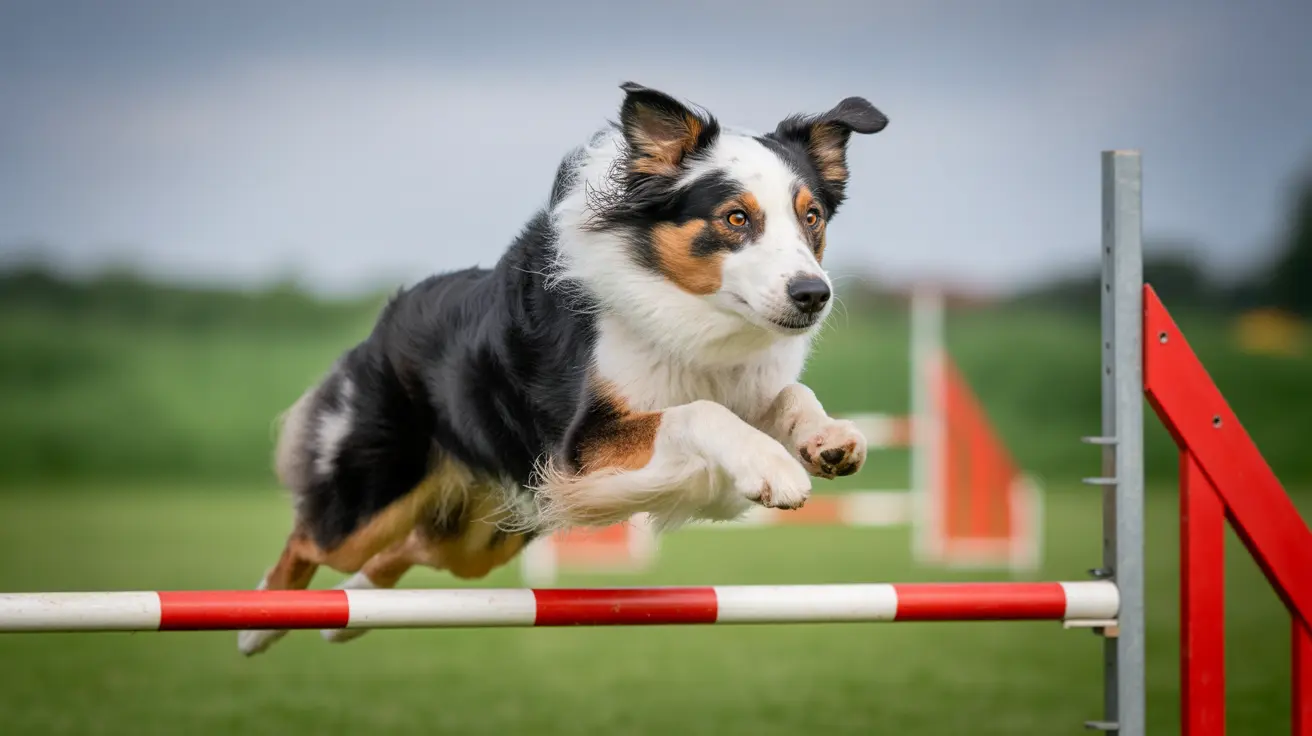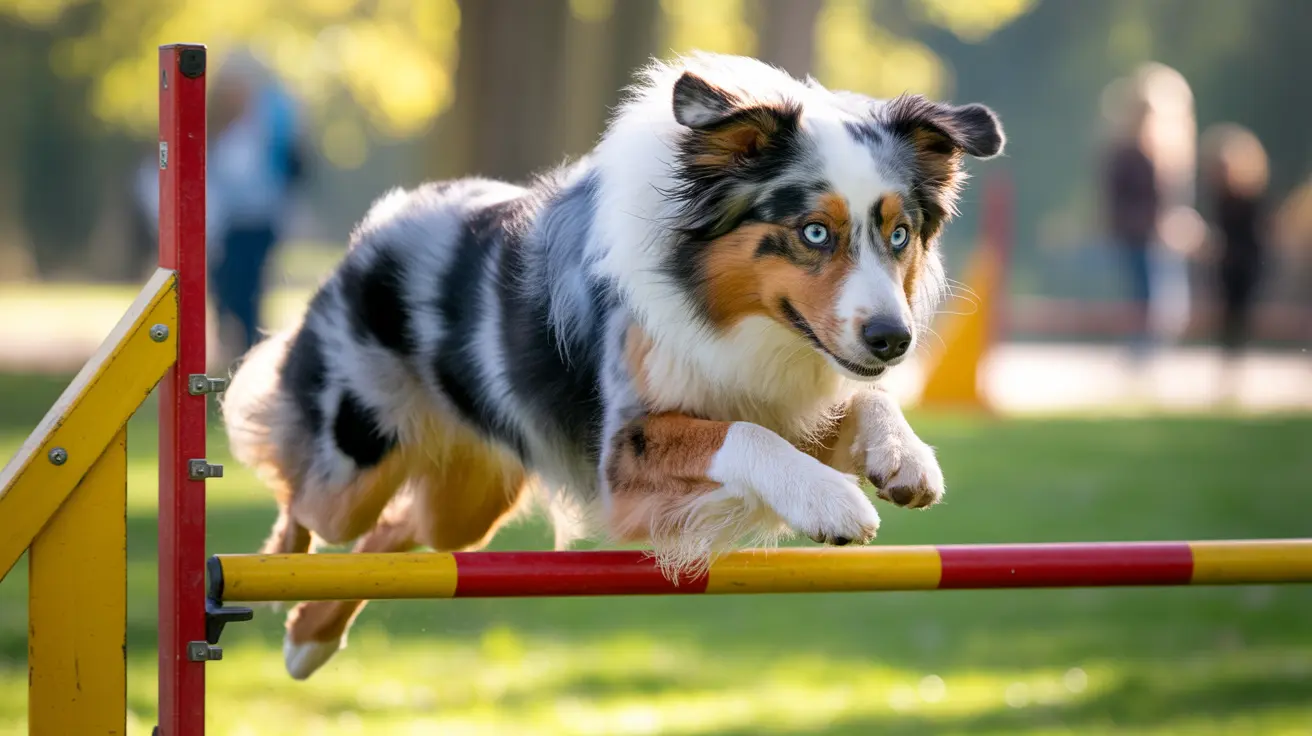Understanding the '10 10 10 Rule' in Puppy Potty Training
Potty training a puppy is a foundational task for every dog owner, and doing it effectively requires a mix of consistency, patience, and positive reinforcement. While the term "10 10 10 rule" isn't officially defined in dog training literature, it’s a practical concept often interpreted to refer to scheduled potty breaks 10 minutes after waking, eating, and playing. Let’s explore this idea and how it fits into successful potty training strategies.
Why Schedule Matters in Potty Training
Developing a routine is critical. Puppies have small, immature bladders and can’t hold their waste for long stretches. The 10-minute concept provides a quick, actionable reminder that helps prevent accidents.
Here’s how a structured schedule benefits potty training:
- Reduces accidents: Puppies are taken out before they need to go.
- Establishes habits: Consistent routines help them learn expected behavior.
- Allows better supervision: Parents can plan and supervise potty cues effectively.
How to Implement the 10 10 10 Idea
Based on the 10-minute rule after common triggers, here’s how to shape your daily training:
- 10 minutes after waking: Bring the puppy outside immediately once they rise from sleep.
- 10 minutes after eating: Food stimulates the digestive system—get them out soon after meals.
- 10 minutes after playing: Physical activity often triggers the need to urinate or defecate.
While these are guidelines, each puppy is unique. Adjust and observe closely.
Establishing a Full Potty Schedule
Beyond the 10-minute strategy, a full plan should include:
- First thing in the morning
- Before bedtime
- Every 1–2 hours during the day, especially for very young puppies
Choosing an Elimination Spot
Repetition is key. Always guide your puppy to the same outdoor location. Dogs respond to scent cues and habit.
Tips:
- Pick a quiet, distraction-free zone.
- Stay patient and calm if it takes them a few minutes.
Using Verbal Cues
Attach a verbal cue like "Go potty" every time you bring them to their spot. Consistency helps pair the cue with the behavior.
Then,
immediately reward success with treats, praise, or play!
Crate Training and Confinement
When you can't supervise, use a crate correctly:
- Choose the right size: Room to stand and lie down, not so much they can potty in one end and lay in the other.
- Feed them in the crate: Reinforces positive feelings toward the space.
- Never use the crate for punishment!
This method taps into the dog’s instinct not to soil their den.
Recognizing Potty Cues
Watch for signs like:
- Sniffing the ground
- Circling
- Sudden stopping during play
- Heading to the door
Prompt action is essential. React promptly by guiding them to their elimination spot.
Dealing with Accidents
Accidents are part of learning. If you catch them in the act:
- Interrupt calmly
- Get them outside quickly
Afterward:
- Clean messes with enzymatic cleaners to eliminate odors
- Avoid punishments after the fact
Punishment often leads to fear or hiding behaviors instead of learning.
Tips for Overnight and Alone Time
Overnight routines:
- Potty break just before bedtime
- If they wake up, stay calm and dark—take them out quietly
- Feed dinner 4–5 hours before bed
If you’re away for hours, arrange for someone to help—young puppies can’t hold it very long.
Patience is Key
Most puppies are nearly house-trained within a few months with consistency and a positive outlook. Stick to your routine and adapt as needed. The “10 10 10” guideline is a practical tool to shape awareness—and a helpful place to start!
In summary:
- Use consistent timing: 10 minutes after key activities
- Stick to set routines and spots
- Reinforce good behavior positively
With the right approach, your puppy will become a confident and reliable family member.





